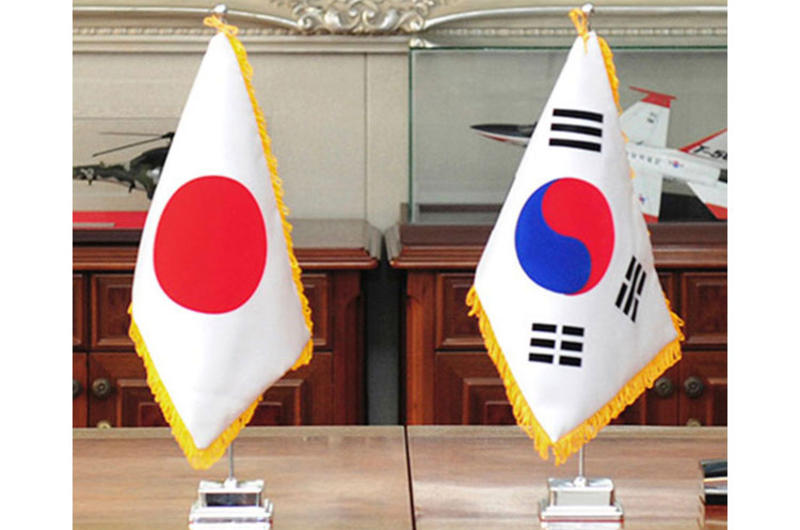Gallup poll: South Koreans confident about US support, Japan uncertain

In Japan, 53 percent of people polled said the U.S. would defend their country. In South Korea, 70 percent said the U.S. military would fight by their side.
By ERIK SLAVIN | Stars and Stripes December 20, 2016
South Koreans are confident the American military would aid them in a conflict while the Japanese are far less certain, according to a Gallup poll released this week measuring confidence in U.S. intervention among Asian nations.
If conflict broke out on the Korean peninsula, 70 percent of South Koreans said the U.S. military would fight by their side, with 18 percent disagreeing and the remainder either unsure or answering that it depends on the situation.
The U.S. and North Korea signed an armistice in 1953 to end Korean War hostilities, but they never signed a peace treaty. North Korea continues to develop its nuclear and ballistic missile programs despite U.S. and U.N. sanctions.
In Japan, which U.S. officials often call a “cornerstone ally,” 53 percent said the U.S. would defend their country, with 33 percent answering that the U.S. would leave them to fend for themselves.
The U.S. stations about 50,000 personnel throughout Japan and maintains a treaty that requires it to defend Japanese territory if attacked.
Japanese officials and media have stated uncertainty in U.S. support in recent years due to budget caps on defense spending by Congress. Those statements increased following campaign speeches by President-elect Donald Trump, who questioned whether Japan and South Korea were paying anything in early 2016 to support the U.S. presence.
During a September presidential debate, Trump repeated that if the allies “don’t pay a fair share” they “may have to defend themselves or they have to help us out” because “we are losing billions and billions of dollars.”
Japan pays an average of 189.3 billion yen per year, which has fluctuated between $1.6 and $1.9 billion depending on exchange rates, to support U.S. bases in the country as part of a five-year deal signed in 2015.
Japan also spent 176 billion yen ($1.8 billion) in 2016 toward realignment of U.S. forces in the region, which includes transferring Marines to Guam in the 2020s.
U.S. bases in Japan cost $5.5 billion in 2016, a figure that doesn’t include $1 billion in Japan-provided labor, according to the Pentagon’s 2017 operation and maintenance overview. Half of the $5.5 billion went toward U.S. personnel paychecks and costs.
U.S. and South Korean officials say Seoul paid nearly $850 million last year, or about half the total cost for the 28,500 U.S. troops stationed on the peninsula.
Among the 16 countries polled, Australians felt most confident in U.S. military aid, with 79 percent saying Washington would help.
The Philippines was second-most confident, at 78 percent. A few months after the Gallup data was collected, President Rodrigo Duterte pledged to kick all U.S. military personnel out of the country within two years.
Taiwanese were uncertain of U.S. help, with 44 percent saying it would come and 35 percent answering that the U.S. would sit out an attack.
China considers Taiwan a breakaway province and retains the right to gain it back through force. The 1979 Taiwan Relations Act calls on the U.S. to “maintain the capacity” to resist actions that would jeopardize Taiwan’s security.
The poll interviews were taken between March and July 2016, with an error margin of 4.5 percent.



